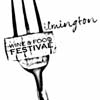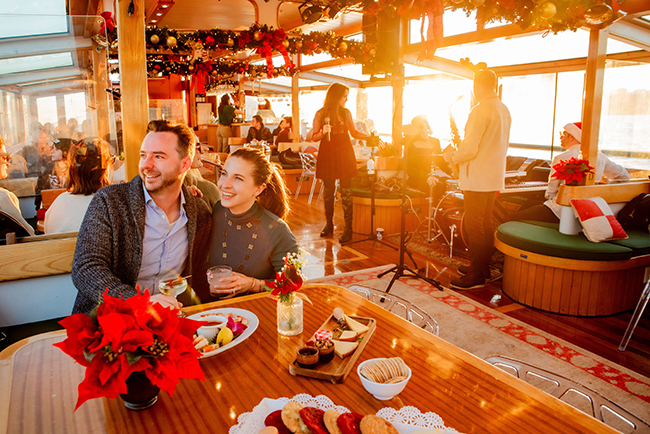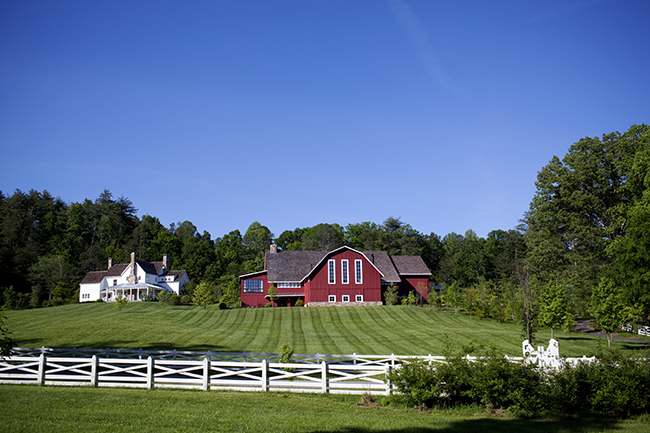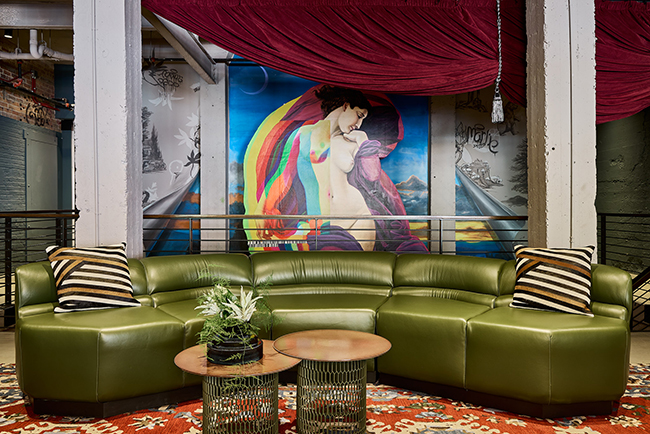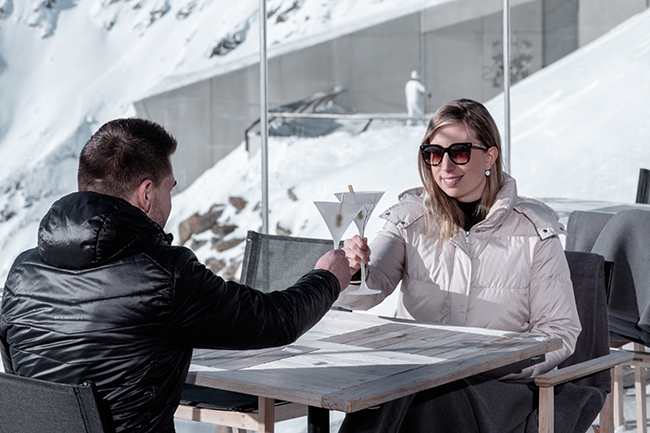Living Like a Local in Otranto Italy
09 Jun 2013
Magic, Martyrs and Mosaics Overflow in this little known region
Text and photographs by DONNA KEEL ARMER
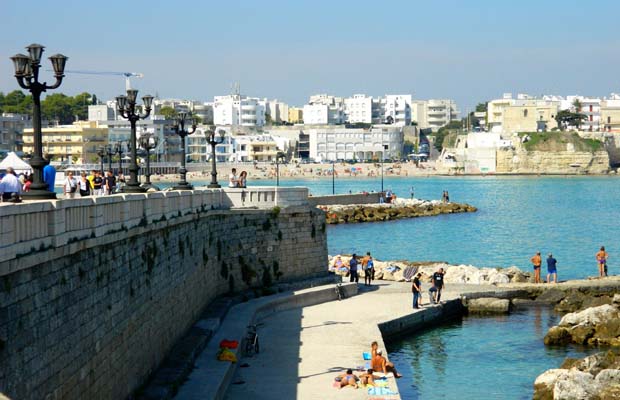
Author’s Note:“Passo Salento,” begins Paolo’s introductory email, “is the name of my company. It means to pass slowly through the Salento region. It is the only way to visit a country specially mine.”
On my second trip to Puglia I am traveling solo for the first time. I’m nervous and excited … flip flopping between the two. An Italian friend has recommended Paolo to guide me on my research project. The irony is Paolo will leave on a trip to the States within days after my arrival. Paolo, with an art history degree, assures me that in two days’ time we will cover most of what I have requested of him.
I pack my bags, embracing this unknown adventure. Destination: the tiny fortified town of Otranto (pop. 578 in the walled center spilling outward to 5,000) lodged in the heel of the Italian boot. My intention is to live like a local. My apartment is waiting for me. There’s nothing left to do but hop on a plane and wing my way East.
Traveling solo or staying in one place for a month may not be your idea of fun. But, if you want an off-the-beaten-track destination, head to the Italian region of Puglia. This southernmost region of Italy offers miles and miles of coastline.
My travel philosophy is to let the place choose you. I am returning to Otranto because I heard the call of long-ago voices from Otranto: an enlightened monk, Pantaleone, creator of a magnificent mosaic floor (1163) in the Cathedral; 800 martyrs who fought (1480) to preserve their city…whose bones are ensconced in this same Cathedral; a saintly woman who saved the statue of Madonna of the Sea; and an Aragonese castle that stars in the first ever gothic novella, The Castle of Otranto by Horace Walpole. If that is not enough reason to return, add the visual and culinary delights that flourish in this rural, coastal region of Italy.
Otranto is the easternmost city of Italy. It is called the gateway to the East, based on its strategic location as the main port to the Orient for a thousand years. To stand at the lighthouse (Faro di Palascia) in this easternmost city and watch the sun rise equates to flying with angels.
The history of Otranto dates to the Paleolithic period and was settled first by the Greeks, soon to be followed by invading armies of Romans, Byzantines, Normans, Longbards, and Saracens. When the sunlight radiates off the whitewashed houses, you imagine you are in Greece.
The Cathedral in the Piazza Basilica houses Panteleone’s magnificent mosaic floor and is a must see. The mystery of this ancient craft inspired me to take mosaic lessons at the Scuola Porta d’Oriente. The week was one of the highlights of my time in Otranto. I came away with this sense of wonder at the skill and patience required to create such a masterpiece. Scuola Porta d”Oriente features Italian language, cooking, wine tasting, painting, sculpture, ceramic, and mosaic classes as well as numerous cultural tours … all within walking distance of my apartment.
In this ancient city there are wonderful surprises hidden in the midst of the souvenir shops that line Via Garibaldi. Peek into tiny passageways to find Antica Murrina, my favorite shop that creates stunning jewelry from Murano Glass; Anima Mundi on via Majorano will help you select a local artist’s rendition of the traditional tarantella folk music; stop for cappuccino at the Blu Bar; don’t miss Il Cantico dei Cantici for the best food and hospitality ever.
Getting There
The best way to reach Puglia is to fly into Rome, hop on a plane (or train) to either Bari or Brindisi and pick up a rental car or a reasonably priced shuttle service. If you prefer viewing the spectacular countryside, rent a car at Fiumicino and drive cross country into Puglia in five hours.
Other Areas of Puglia
Start in the Northeast corner of Puglia where mountains plunge into the sea and rolling hills turn into flat groves of olive trees that meander to the end of the world and look upon the meeting point of the Ionian and Adriatic seas. Breathe in the salt-studded air as the wind ruffles your hair and the sweetest sun kisses your face.
Stop in Bari is to check out the shopping on Via Sparanto. After exhausting your bank account, meander through the back streets. Catch the local women making orecchiette (pasta shaped like little ears). Stop at the Basilica San Nicola. Stay at the Central Hotel or the more moderately priced Hotel Moderno. Eat pizza at Il Rustico (arrive before 7:30 or you’ll stand in line) or head to the more expensive seafood restaurants around the port.
Travel north to Trani for crystal clear sea views. Eat the best sea urchins at Taverna Portanova before heading into the Gargano Promontory which is fast becoming the “new Amalfi coast.” Spend time exploring the forests, dazzling beaches, sea caves, salt fields, Tremiti Islands, Vieste and Monte Sant’angelo where you will find the shrine of St. Michael the Archangel.
Before turning south towards the Salento region, swing inland to visit The Castel del Monte, an imposing 13th c. citadel built by Emperor Frederick II standing guard in the lonely outskirts of Andria.
Alberobello merits spending a night in an ancient trullo, a bee-hive, whitewashed, mortarless stone house built for easy disassembly to avoid taxes.
Continue south to Lecce, where baroque architecture rivals that of Florence. Purchase papier-mâché art made locally. Stay at a local B&B where Paolo and Alessandro will greet you like an old friend.
Cross to the West Coast, stopping in Gallipoli overlooking the Ionian Sea for delicious seafood. Watch the fishermen repairing their nets.
From Gallipoli head towards Santa Maria dei Leuca at the end of the world where the Adriatic and Ionian Seas lock horns. You can take a boat ride with a local who will point out the exact point of contact between the two bodies of water. Continue up the bottom on the heel to the Caves of Zinzulusa located south of Castro Marina. These caves are simply a WOW factor! Don’t miss!
Traverse the Southern tip of the heel in two hours driving time coast to coast. Pop in on numerous coastal towns. Before driving back to Bari or Brindisi for your flight to Rome, stay in Otranto. Pick a hotel, B&B, masseria or vacation rental to suit your needs. Above all have your last meal at Il Cantico dei Cantici. Savor a quiet evening watching locals stroll arm-in-arm calling out buona sera; relish the succulent plates of carpaccio di tonno, pasta con frutti di mare, torta ai cioccolato washed down with a local wine. Top off the evening with Elisir di Primitivo, a mixture of Primitivo wine, black sherry and almond liquor. It is a magical drink. I linger at the table imagining that I will return.
Area Contacts:
Otranto Market: Wednesday, 7:30 to noon (viale Comunale)
The Tourist Information Center: Piazza del Castello – ask for Franco
Restaurants: Il Cantico dei Cantici, Otranto
Taverna Portanova, Trani
The Blue Bar Café, Otranto
Vacation Rentals: www.pugliaportfolio.com – Alessandro Mararaggia
Tour Guide: www.passalento.com – Paolo Maragliuio
Lecce B&B: www.isorrisidelsalento.com
Brindisi Shuttle: www.salentoairbus.it


